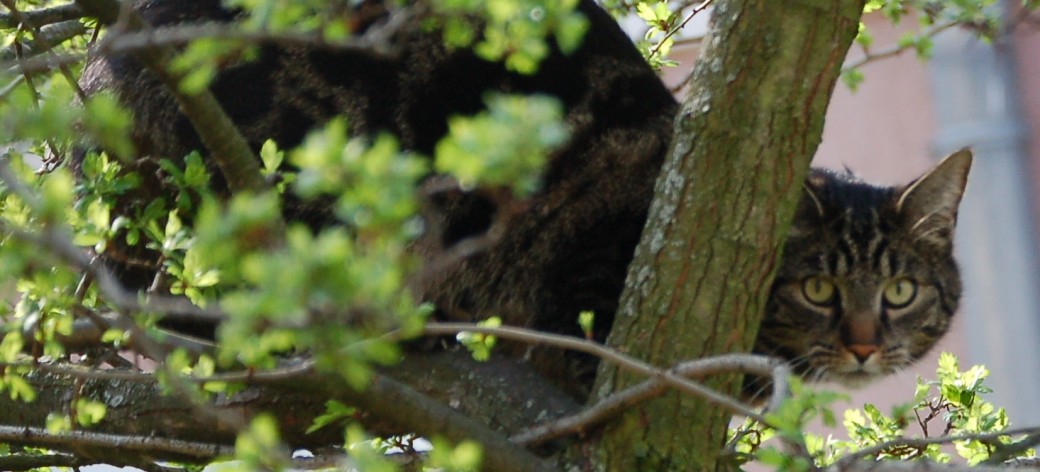Guelph Takes Collaborative Approach to Cats & Birds

A new group in Guelph, Ontario, the Cat Population Task Force, is working to develop and implement cat management projects based on the community’s input and scientific evidence. To stabilize or reduce Guelph’s cat population, the U of G, City of Guelph, Guelph Humane Society, Nature Guelph, Guelph Area Veterinary Association, New Hope Animal Rescue and Cats Anonymous teamed up to form the Taskforce.
The task force conducted an online survey where residents shared their cat experiences and possible solutions. Based on the survey’s data, Guelph residents think cats are a major nuisance, but they are also very concerned about animal welfare. Many expressed concerns about the dangers cats face outdoors, from cars, diseases and other animals.
One strategy the task force is considering is to promote identification tags, microchips and tattoos, to help lost cats be reunited within their owners. The task force is also considering a trap, neuter and return program for cats who are not socialized.
In an article in the Guelph Mercury, Ontario Veterinary College professor and Guelph Humane Society board chair Shane Bateman said, “We’re asking for the community’s input to find out which strategies have strong support and opposition. We don’t have a lot of resources to put towards this issue, so we want to make sure we have the highest impact possible, as determined by the community.”
At the university, Tyler Flockhart, a member of the task force, is conducting research to predict Guelph’s cat population size. He’s considering the city’s geography, climate and attitudes towards roaming felines. “This information will help us figure out if it’s best to address unowned stray and feral cats, or the ones staying at the shelter, or owned outdoor cats?” said Flockhart.
For more details about the task force, visit guelphcats.org.








